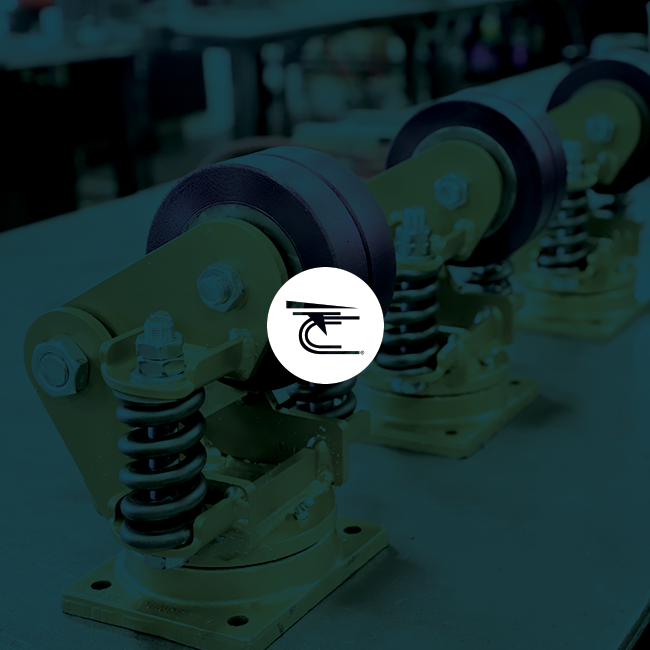

A good question I’ve heard over the years is “How can I get an ROI with casters”? It makes me think of two very specific ways.
My world is automotive. I work with many automotive manufacturers that purchase new fleets of dollies when they have new vehicles launching. The number of carts a plant utilizes can be anywhere from 20-to-2000, depending on the cart’s use. Typically the carts and dollies are used for delivering parts to the assembly line or other areas of the facility. In most cases, each cart or dolly is spec’d for a specific weight.
Let’s say it is 1200 lbs. This is the total weight of the cart plus parts. With a dolly, it will be the weight of the dolly, plus the rack, plus the weight of the parts in the rack. All automotive companies have a set standard maximum push force. That is the force it takes to get the cart or dolly moving by hand. Typically that is around 40 lbs.
The way you can get a Return on Investment with casters is by delivering more parts to the line with fewer carts and dollies. Here’s an example. Let’s say I need to order 200 carts, with each cart holding 50 parts. Each cart is $2500 (guestimate). This puts your spend at $500,000. Now, imagine getting 100 parts per cart because your caster can carry 2400 lbs. and still hit the 40lb maximum start force. You can cut the fleet in half and have an upfront savings of $250,000.
Another area for getting a Return on Investment for casters is limiting or eliminating injuries. Specifically back injuries. If you google search “The average settlement compensation for back injuries,” you will see numbers from $23,000, to over $300,000. I’ve worked with companies in the past that have had up to 10 back injury claims in a year. Even the lowest range puts costs at $230,000 a year. And that doesn’t include the money spent on lawyers and time lost.
Most back injuries occur when the casters on the cart are not spec’d correctly for the load it is carrying. The cart and load are not passing maximum push-pull numbers. Which is typically around 40lbs. Every pound over the 40, the higher the risk that you can have an injury.
The best thing to do is consult with a caster expert to figure out what will work best for your application. The Return on Investment comes when the injuries go away.
Those are two examples of how you can get an ROI with casters.